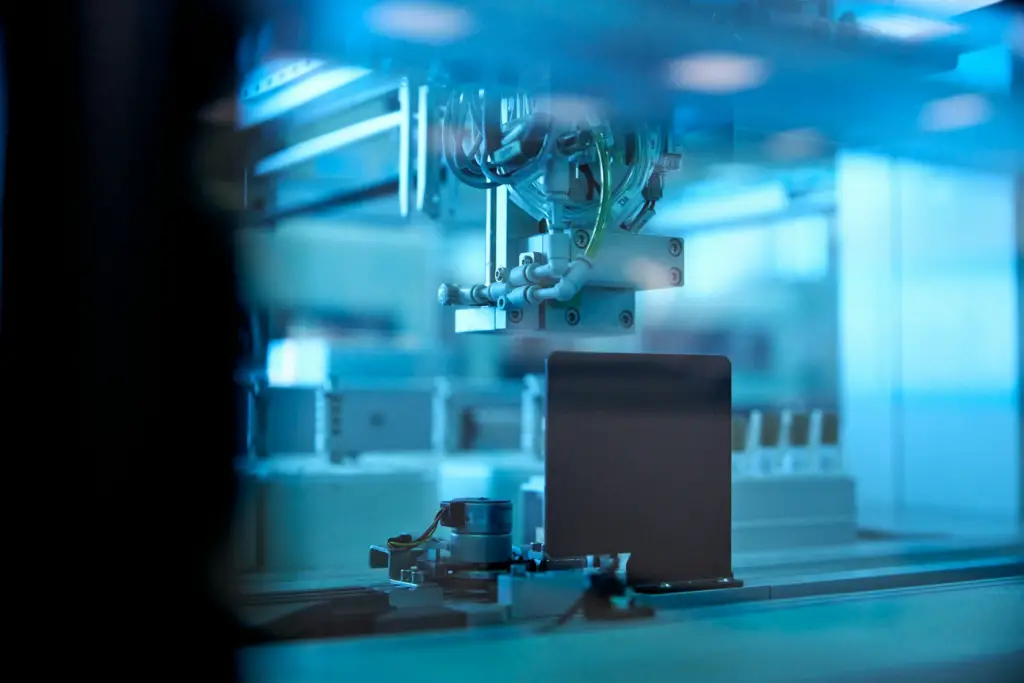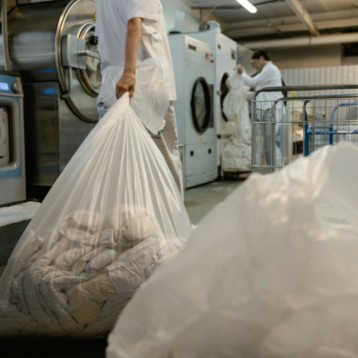Advancements in laboratory technology are paving the way for more efficient, accurate, and sustainable scientific research. As new tools and methods become available, researchers can explore complex questions with precision and depth previously unattainable. These innovations are not merely incremental; they represent significant strides forward that are transforming the very nature of how research is conducted across various fields, from environmental science to medicine.

The Rise of Automation: Enhancing Efficiency and Accuracy in the Lab
Automation in the laboratory has moved beyond simple tasks, now encompassing complex processes that significantly enhance both efficiency and accuracy. Automated systems can handle repetitive and time-consuming tasks, allowing researchers to focus on more critical aspects of their work.
For instance, robotic systems in labs can now perform multiple experiments simultaneously, reducing the time needed to gather data. This not only speeds up the research process but also minimises the potential for human error, leading to more reliable results. Furthermore, automation enables high-throughput screening, where thousands of samples can be processed in a fraction of the time it would take manually, making it an invaluable tool in fields such as drug discovery.
Integrating AI and Machine Learning: The Future of Predictive Analysis
Artificial Intelligence (AI) and machine learning are increasingly integrated into laboratory workflows, offering new possibilities for predictive analysis. These technologies can analyse vast datasets far more quickly and accurately than traditional methods, identifying patterns and making predictions that would be impossible for humans to discern.
In practical terms, AI-driven analysis can significantly shorten the time between data collection and meaningful insights. For example, in genomics, AI can process and interpret complex genetic information rapidly, helping to identify potential disease markers or therapeutic targets. Similarly, in environmental science, machine learning algorithms can predict changes in ecosystems based on historical data, aiding in the development of conservation strategies.
These technologies are not just tools for analysis but are becoming essential for the design of experiments themselves. AI can suggest the most promising avenues of research, helping scientists to optimise their experimental designs and focus their efforts on the most productive areas.
From Data to Discovery: The Role of Advanced Analytics in Modern Science
The exponential increase in data generated by modern laboratories requires equally advanced analytics to transform this data into meaningful discoveries. Traditional data analysis methods are often inadequate for handling the volume and complexity of data produced today. Advanced analytics tools, however, are designed to meet these challenges, offering new ways to interpret data and uncover hidden insights.
For instance, high-performance computing systems allow for the analysis of large datasets in real time, enabling researchers to make decisions and adjustments as experiments progress. This real-time analysis is particularly crucial in fields like climate science, where understanding rapidly changing data can lead to more accurate predictions and better responses to environmental challenges.
Moreover, the integration of big data analytics with laboratory research is fostering a more holistic approach to science. By combining data from various sources—such as laboratory experiments, field studies, and historical records—scientists can gain a more comprehensive understanding of complex systems, leading to more robust and reliable conclusions.
Breaking Barriers: How New Instruments Are Expanding Research Capabilities
The development of new laboratory instruments is breaking down barriers that once limited scientific research. These advanced tools are enabling researchers to explore new frontiers and answer questions that were previously beyond their reach.
One such tool is ion chromatography, a technique that has become indispensable in the analysis of various substances. Ion chromatography allows for the precise separation and analysis of ions and polar molecules, making it crucial in fields ranging from environmental testing to pharmaceuticals. With the introduction of more sophisticated ion chromatography systems, such as those offered by Metrohm, researchers can now conduct highly detailed analyses with greater efficiency and accuracy.
Metrohm’s available products, known for their reliability and precision, have been instrumental in advancing research capabilities. For example, in environmental science, these tools help in accurately measuring pollutants in water sources, leading to more effective environmental protection strategies. In pharmaceuticals, they ensure the purity and safety of drugs by enabling the precise quantification of trace ions.
These advancements in ion chromatography and other analytical instruments are opening up new possibilities in research, allowing scientists to explore areas that were once considered too challenging or complex. The ability to conduct more detailed and accurate analyses is not just enhancing the quality of research but is also expanding the scope of what can be studied.
The Impact of Precision Tools on Medical and Environmental Research
Precision tools are having a profound impact on both medical and environmental research. In medicine, the ability to analyse biological samples with incredible accuracy is leading to breakthroughs in diagnostics and treatment. Techniques such as mass spectrometry and next-generation sequencing are enabling researchers to identify biomarkers for diseases at earlier stages, leading to more effective treatments and better patient outcomes.
In environmental research, precision tools are essential for monitoring changes in ecosystems and understanding the impact of human activities. Instruments capable of detecting minute concentrations of pollutants, for example, are critical for assessing the health of natural environments and developing strategies for their protection. The data collected using these tools is crucial for informing policy decisions and ensuring that environmental protection efforts are based on solid scientific evidence.
Sustainable Science: Green Technologies in Laboratory Innovations
As the demand for sustainable practices grows, laboratories are increasingly adopting green technologies to reduce their environmental impact. Innovations in lab technology are not only improving research outcomes but are also helping to make science more sustainable.
Energy-efficient equipment, for example, is reducing the carbon footprint of laboratories, while advances in waste management technologies are minimising the environmental impact of chemical waste. Furthermore, the development of green chemistry methods is enabling researchers to carry out experiments using less hazardous materials and generating less waste.
These sustainable innovations are not just beneficial for the environment; they are also helping to reduce costs and improve efficiency in the laboratory. By adopting green technologies, laboratories can operate more sustainably without compromising on the quality or accuracy of their research.










